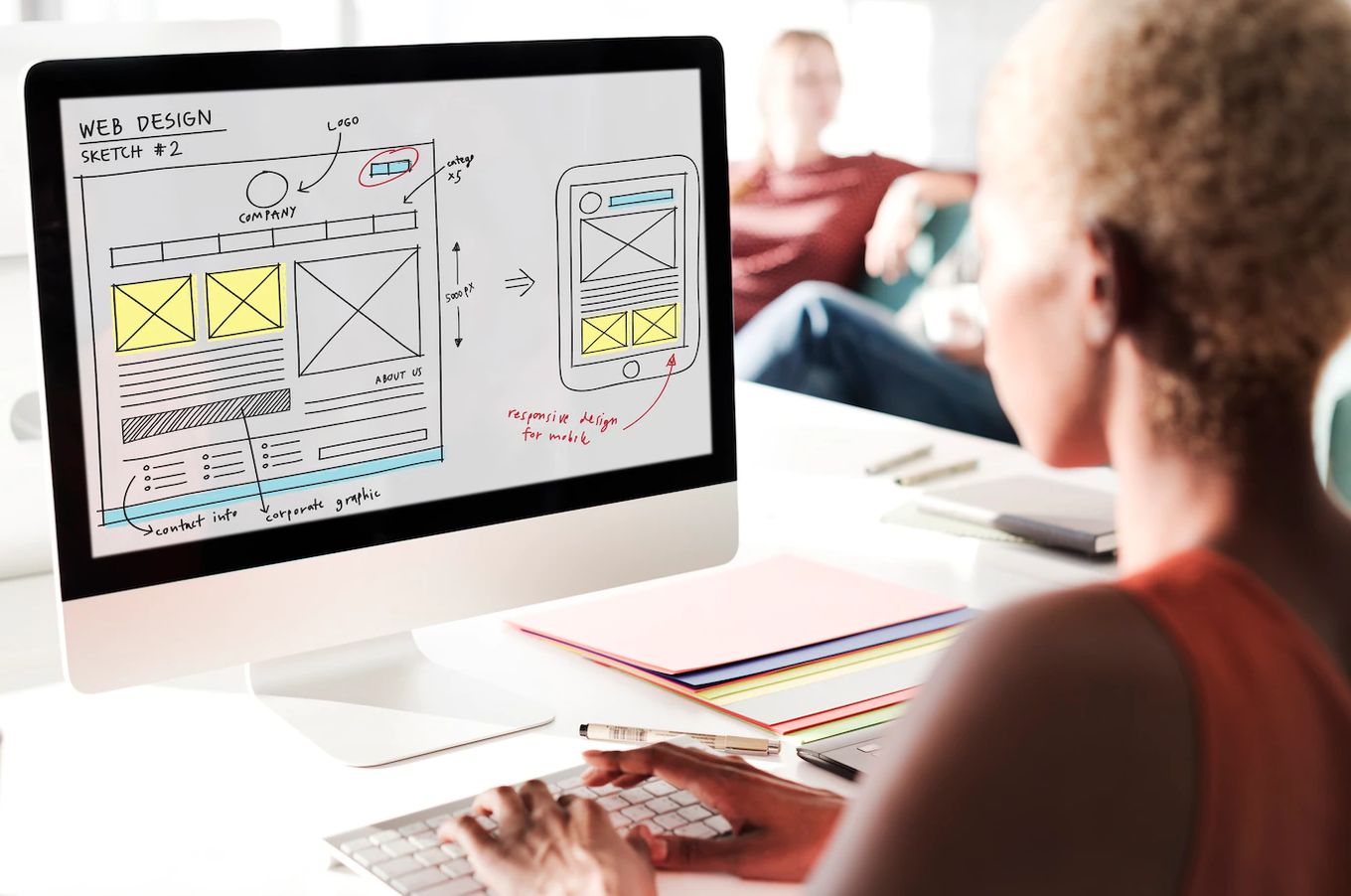In the ever-evolving digital landscape, where user engagement and satisfaction reign supreme, the role of a UX designer has emerged as a linchpin in crafting exceptional web experiences. A UX designer’s toolkit comprises a range of strategies aimed at orchestrating a symphony of usability, aesthetics, and user-centricity to create websites that resonate deeply with their audience.
Understanding User Behavior:
At the core of any successful Web design lies a profound understanding of user behavior. UX designers delve into user personas, conducting research to unravel the motivations, preferences, and pain points of their target audience. This knowledge serves as a compass, guiding design decisions towards creating interfaces that intuitively cater to users’ needs.
Wireframing and Prototyping:
Before a single pixel is placed, UX designers harness the power of wireframes and prototypes. Wireframes lay out the skeletal structure of a webpage, mapping the placement of key elements. Prototypes take this a step further, allowing designers to simulate user interactions and test the flow of the website. This iterative process ensures that design flaws are identified and rectified early on.
User-Centered Information Architecture:
Navigating a website should be as seamless as strolling through a well-organized library. UX designers employ principles of information architecture to categorize and structure content logically. Clear navigation menus, hierarchical layouts, and intuitive labeling are integral components of this strategy, ensuring users find what they’re seeking effortlessly.
Responsive and Accessible Design:
In an era where users access websites on diverse devices, from smartphones to large desktop monitors, responsive design is paramount. A UX designer crafts layouts that adapt gracefully to different screen sizes, maintaining usability and aesthetics across the board. Moreover, accessibility features like alt text for images and keyboard-friendly navigation guarantee that everyone, including users with disabilities, can engage with the content.
Microinteractions and Delightful Details:
The magic of UX design often lies in the microinteractions—the subtle animations, transitions, and feedback that breathe life into a webpage. UX designers strategically deploy these details to enhance user engagement and create a delightful experience. From a gentle bounce of a button to a satisfying chime upon completing a task, these small touches leave a lasting impression.
User Testing and Iteration:
A UX designer’s toolkit is incomplete without the loop of user testing and iteration. Real users put designs to the test, offering insights into what works and what needs improvement. The UX designer takes this feedback to heart, refining the design iteratively until it aligns seamlessly with user expectations.
In the modern web design landscape, the UX designer’s toolkit has evolved into a dynamic set of strategies that cater to the ever-evolving needs of users. It’s a fusion of psychology, aesthetics, technology, and empathy, meticulously orchestrated to deliver web experiences that leave a lasting impact. As the digital realm continues to evolve, so too will the UX designer’s toolkit, forever adapting to shape the future of exceptional web design.










